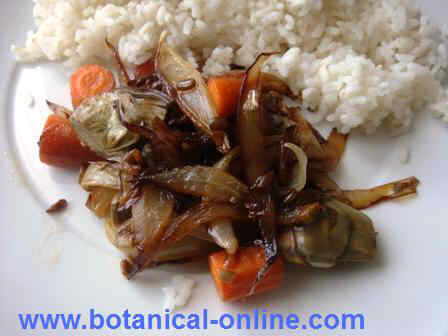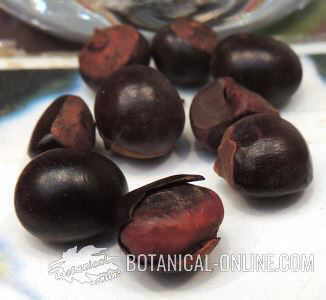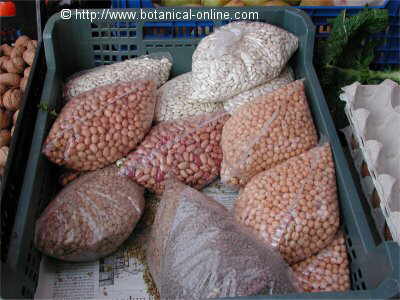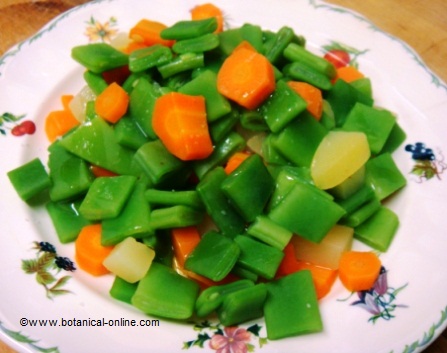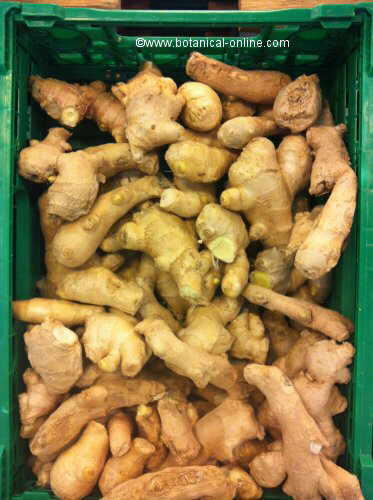Contents
Salsify as an edible wild plant
Salsify in food
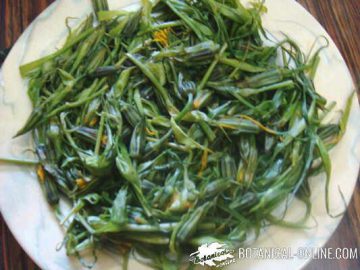
Salsify (Tragopogon spp.) is an edible wild plant that is consumed in food. It is present in the Cretan diet, so studied for the diversity of wild vegetables that it still conserves, and that it has maintained despite the globalization of markets.
This dietary richness in edible wild plants, together with the Mediterranean diet that they follow in Crete, has a protective role against some diseases.
Salsify is found in grasslands, in fields or grows as a weed, in wastelands and farmlands.
It is a plant from the Compositae family, related to the dandelion, which can also be consumed in the same way.
Edible parts: How is it cooked?
The young flower stems are collected, that is, the flower head (unopened) and the flower stalk with the first leaf.
How to collect salsify
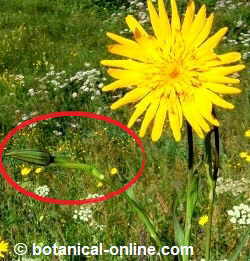
Like all wild plants, it should be collected in a place free from grazing animals and make sure that it has not been contaminated by domestic animals, pesticides or others.
They are boiled like asparagus for about 8 minutes and serve as a main or side dish.
What does it taste like?
The flavor of salsify is pleasant, sweet and slightly bitter, which can be reminiscent of dandelions.
The texture is similar to the caper (the flower is also consumed unopened).
People who are not used to other vegetables will find that this herb is very tasty, with aromas not at all similar to most vegetables that we usually find in supermarkets.
How do you cook?
- Put salted water to heat and sprout salsify when it boils.
- Cook for approximately 8 minutes.
- Strain and serve as a vegetable.
- It is not necessary to season with sauces, as they would mask the good flavor of the herb. A good drizzle of olive oil is the best dressing.
Recipes with salsify
In addition to being boiled, salsify can also be prepared in these recipes:
- With liquid cream, baked or gratin
- Vegetable pie
- Vegetarian quiches
- Baked vegetables gratin
Is the root consumed?
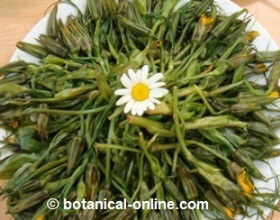
The root is fleshy and is sometimes used as a carrot in food. But the salsify root that is consumed in the diet comes from another species called purple salsify (T. porrifolius). This is rich in inulin, a type of fiber also present in artichokes, and has a slightly sweet taste.
Meadow salsify (Tragopogon pratensis) has a root with black skin, while the Tragopogon porrifolius has a white root. The latter is the one cultivated to take advantage of its root.
The root is rich in carbohydrates (18g.), Fiber (3g.), Potassium (380mg.) And folates (26mg.) (Values expressed per 100g. of root).
Properties of salsify for health
Edible wild plants add variety and a high nutritional value to our diet, as well as an intense flavor that most supermarket vegetables do not.
The more variety of vegetables we introduce into our diet, the greater our contribution in flavonoids and other phytonutrients. These components have been studied for their protective role against diseases.
Among its phenols, salsify is very rich in gallic acid, with astringent and anti-bronchial properties. It protects the stomach from acid damage and is beneficial in helping to cure respiratory diseases.
It also has bitter principles that stimulate liver function, thus improving indigestion or the feeling of a bloated belly. Along with its fiber, this vegetable helps prevent constipation and improve digestive function. The intense green color of the plant, and the yellow of the petals, indicate a great richness in beta-carotene.
It also provides antioxidants such as caffeic acid and rutin. These two components protect against the harmful action of nitrosamines, carcinogenic compounds that are formed in the body from tobacco smoke, some foods (such as powdered milk), or food additives containing nitrites. Studies have revealed that it also has certain doses of resveratrol, the same cardioprotective component that grapes contain.
![]() More information on salsify
More information on salsify



